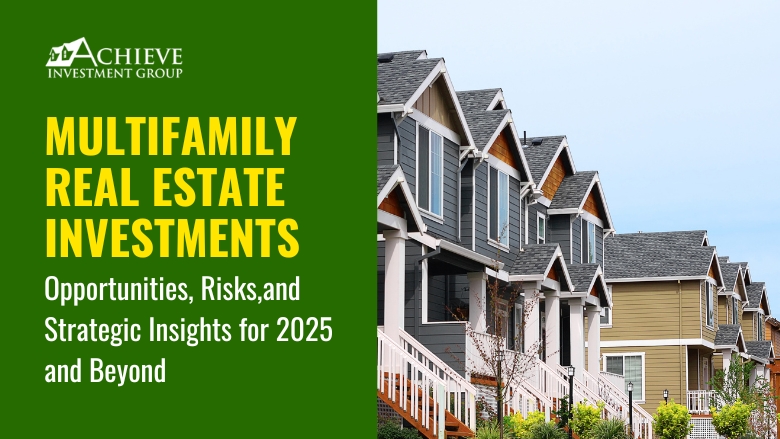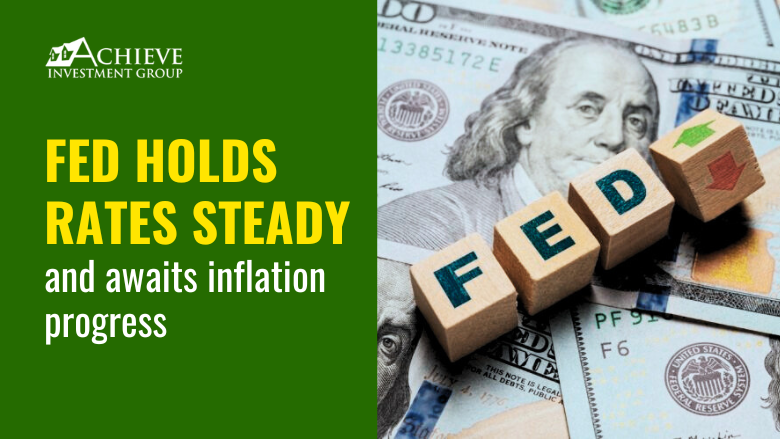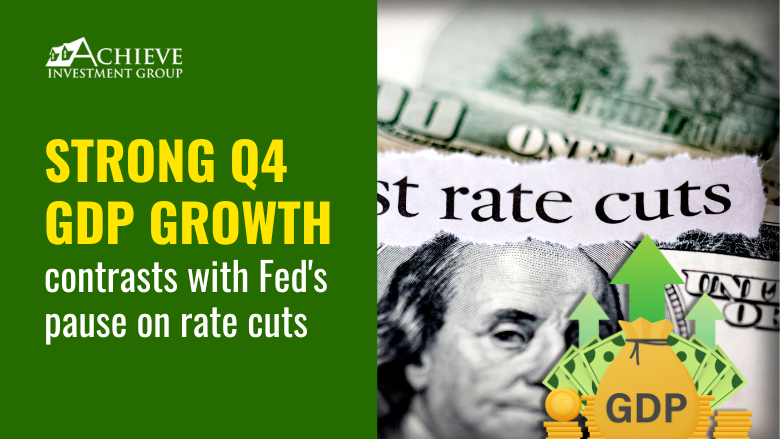Even a cooling Austin economy is plenty warm. That’s the upshot of a new report pegging recent economic growth in the city at its lowest point in nearly three years. Despite the notable slowdown, business activity in Austin is still expanding at a “healthy pace” and remains slightly above its long-term average, according to the report from the Federal Reserve Bank of Dallas. “You’d expect, after having very strong growth, that eventually you will see some deceleration” in Austin, Dallas Fed economist Christopher Slijk said. “So this isn’t really an indication of a downturn. All the signs continue to point toward a healthy economy.” The Dallas Fed’s main barometer for Austin, called the Austin business-cycle index, increased at an annualized pace of 6.3% in October — its lowest level since December 2016. The index’s long-term average growth rate is 6.2%, but it climbed 6.9% and 7.2%, respectively, in 2017 and 2018, and it topped 7.5% on an annualized basis in February this year. Read More










